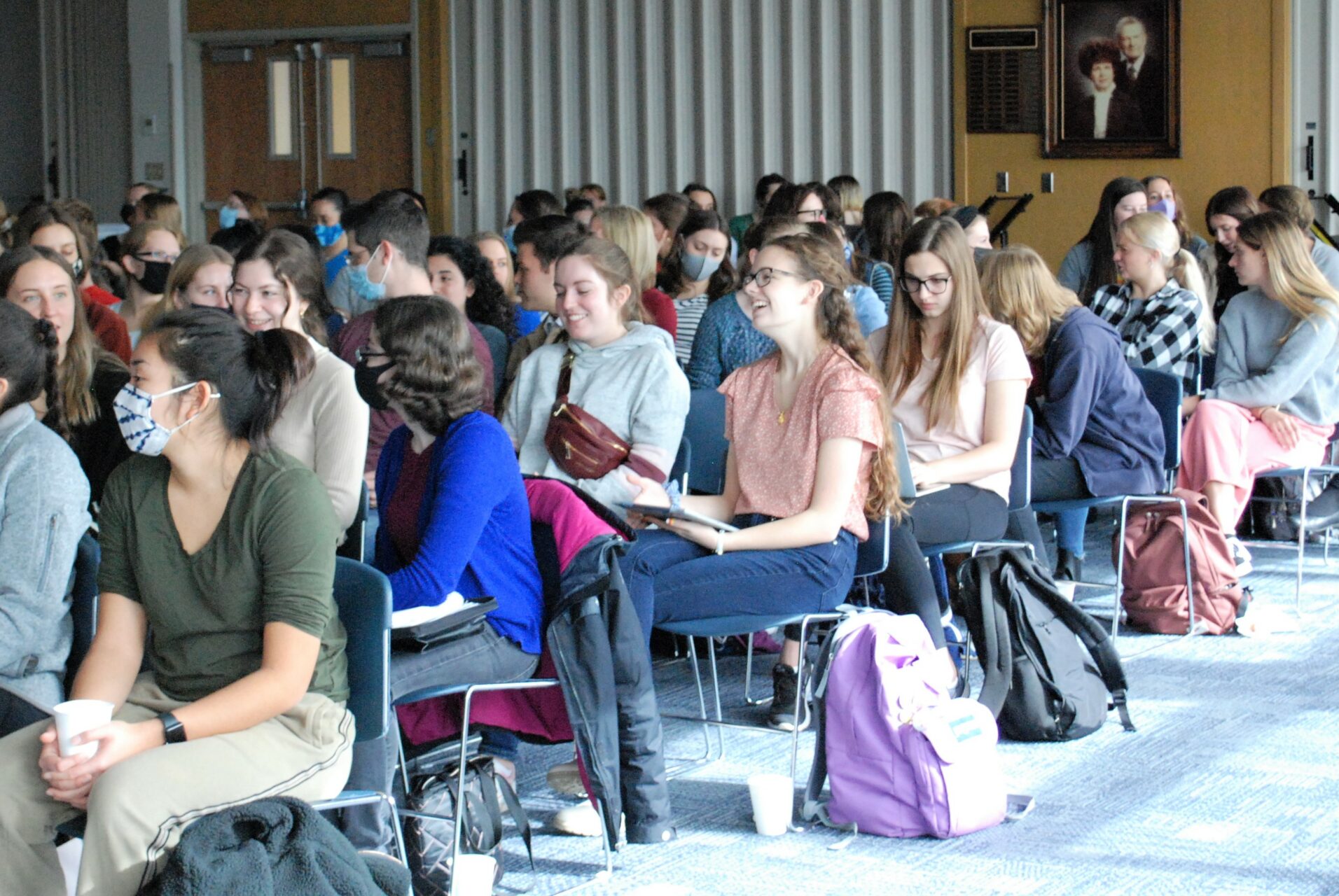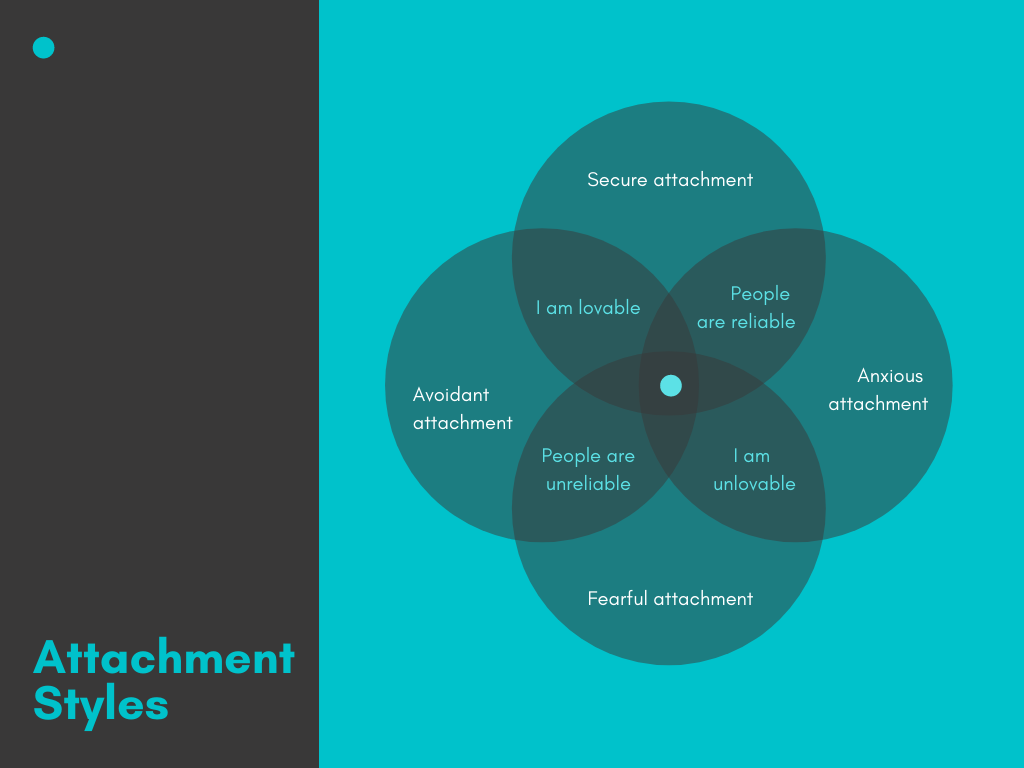
An assistant professor in the School of Family Life presented a seminar on attachment styles in relationships on Friday.
Ashley LeBaron-Black’s hour-long seminar focused on the intrinsic need for connection, origins of attachment styles, how those attachments play out in romantic relationships and even how those relate to individuals’ relationships with God. The event was sponsored by BYU Women’s Services and Resources on campus.
LeBaron-Black teaches SFL 336 Theories in Family Perspective at BYU. She received her doctorate in family studies and family development from the University of Arizona.
In her seminar, LeBaron-Black said mammals all have a need for connection, belonging, to feel loved and to give love. She cited a study performed by 1950s social scientist Harry Harlow called the Monkey Love Experiment. In this experiment a baby monkey was offered two wire monkey mothers providing food: one with a cloth covering on it mimicking a monkey’s fur and one without. The monkey chose the cloth mother.
“Attachment isn’t just about physical needs being met,” LeBaron-Black said. “It’s about comfort and warmth.”
British psychoanalyst John Bowlby developed attachment theory in 1958 to illustrate the distress infants experience when separated from their parents. Today, the theory is more commonly associated by its individual attachment styles and is used to help people understand why they act the way they do in relationships. The four most common styles include anxious, avoidant, fearful and secure attachments.

Attachment styles come from whether individuals see themselves as worthy of love as well as whether they view the people closest to them as being reliable, LeBaron-Black said. These styles are usually developed in the first couple of years of life based on interactions with an individual’s parents, and they go on to guide one’s expectations and behavior in future relationships.
“These have huge implications for every relationship in our lives and particularly romantic relationships,” LeBaron-Black said.
Anxious attachment comes when parents are inconsistent in the ways they respond to their children’s distress, leading to people not knowing what to expect and consequently becoming insecure about their worth, LeBaron-Black said. Avoidant attachment comes from when parents are unresponsive and emotionally unaware of their children’s needs. These individuals learn to self-soothe, push people away and convince themselves they don’t need anyone else to take care of them.
“All of us need encouragement and comfort, so when parents have an attitude of ‘Suck it up’ or ‘You’re being annoying,’ this can hurt,” LeBaron-Black said. “Children learn to swallow their emotions and not reach out for comfort because that only leads to rejection, which is really sad.”
This was illustrated by Mary Ainsworth’s 1969 Strange Situation experiment in which the psychologist put toddlers in unfamiliar settings to see how they’d react. This study was widely used to determine attachment styles and had accurate results upon follow-up in adulthood. In this situation, secure children were distressed by parental separation but were easily consoled upon their return, anxious children were distressed even before their parents left and were difficult to comfort upon reunion and avoidant children masked their distress.
LeBaron-Black said partners with different attachment styles can end up in an “approach-avoidance cycle,” causing conflict. She explained anxious people reach out more often, making avoidant people pull back, which creates even more fear in the anxious person.
“This is a really common pairing, though, because it’s almost like we’re drawn to what we think things should be like,” LeBaron-Black said. “Anxious people feel like they aren’t worthy of love, so they seek people who validate that feeling, and avoidant people do the same with people they don’t feel can fulfill their needs.”
Change is possible under certain conditions. People can “earn” a secure attachment style by being in reliable and supportive relationships as well as by working through difficult past experiences in therapy. These new experiences can rewire a person’s brain to see people as reliable and themselves as worthy of love, LeBaron-Black said. She shared her own experience of learning from therapy and encouraged the audience to seek the same help.
LeBaron-Black ended by expressing her testimony that God is a reliable, loving attachment figure.
“God is reliable, and you are lovable,” she said.




